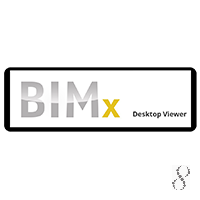
We suspect its because everytime we send an update, they open the IFC in revit, and link that into their model. Hopefully walls/ architecture wouldn’t change making this process a bit more simple, however it is still an additional review that will be required. Please note, what this will mean is that it will lead to “objects floating in air” or “clashing inside wall” and will require a check of alignment with every model exchange.We will need to update or swap all the wall-hosted devices family to become a “non-hosting” family (which is not standard practice for us).At this stage we have not been able to determine an explainable pattern for which devices would move and which will stays, it seems to be consistently ad hoc.Usually, this effects fixtures & devices that are hosted on an architectural wall.To rectify this it requires us to re-host the devices and completely re-draw all the wires every time we consume a new model.This has become more obvious as we have finished and drawn the circuiting and the wires for both buildings,.As shown in the images below at least 20 devices have moved unexpectedly for BAL Level 01 following inclusion of a new architectural model,.

Wall-hosted devices move to a random location.Their commentary here:Ĭommon issue we encounter at every IFC model exchange The latest issue is the electrical engineers 'expect' to be able to host all of their items in our geometry. Essentially there is additional friction to collaborating with an architect using Archicad. I suspect it is coming to light as in the last year or so there are more and more users collaborating on B360 using the swimlanes with their native Revit models. We are in a position where a large international engineering company is becoming increasingly frustrated with collaborating with us. An issue that keeps brewing for us is IFC exchange with Revit companies.


 0 kommentar(er)
0 kommentar(er)
